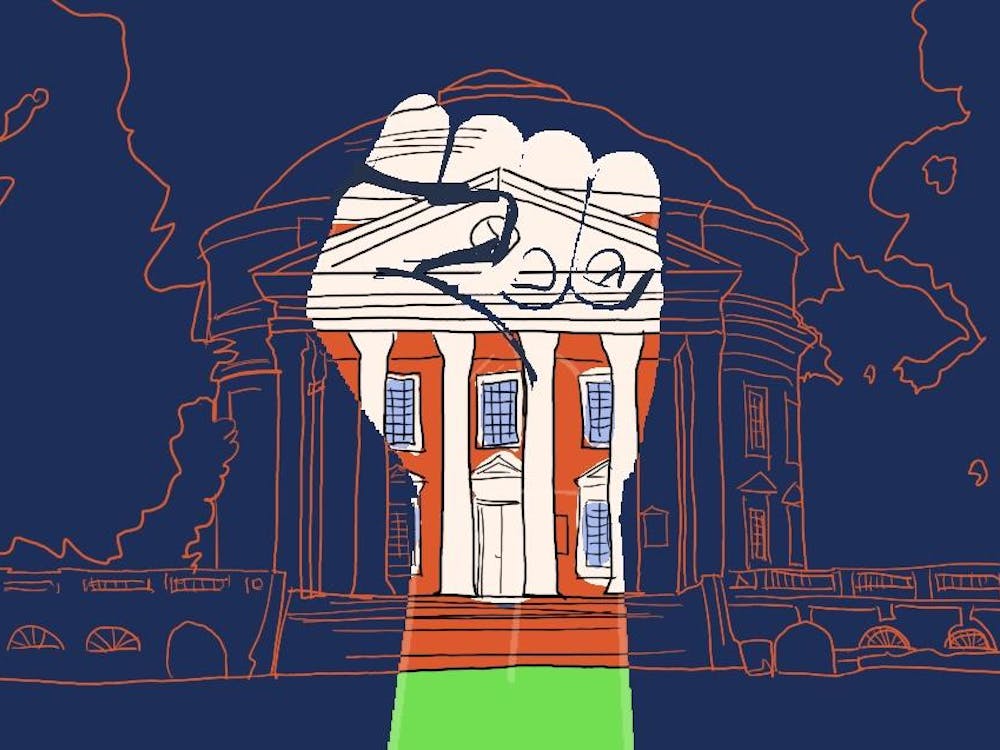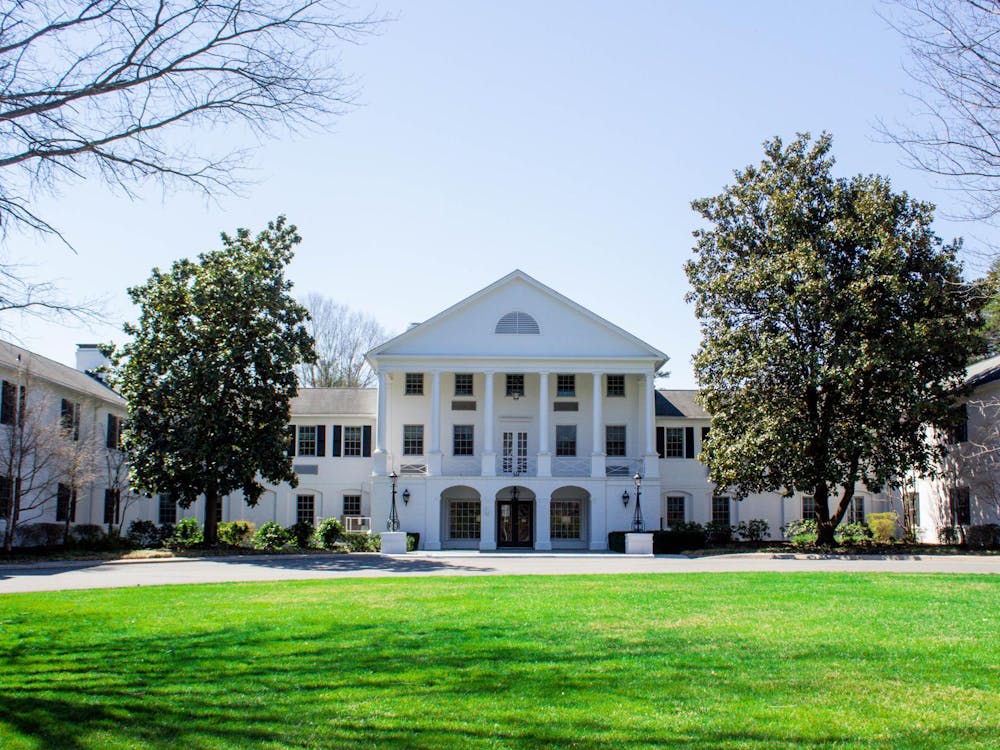UNLESS you've been living under a rock, you would know that the Supreme Court upheld the use of affirmative action in higher education last summer. This is good news for the University, which relies partially on the consideration of race to maintain a diverse student body. Affirmative action programs are a privilege for underrepresented racial minorities. The fact is that if the admissions office relied solely on traditional criteria (e.g. SAT scores and GPA), some minority students currently enrolled would not be here.
The Court now justifies affirmative action by rationalizing that student body diversity is a compelling educational interest. All students can supposedly benefit from exposure to people of different backgrounds, and one such background is living as a minority in America. This interracial interaction has the power to reduce majority racist stereotypes about minorities. This particular rationale for affirmative action places a huge responsibility on the shoulders of all underrepresented minority students to achieve at least on par with the average student. The burden that comes with affirmative action is that it stigmatizes minorities as needing extra help to achieve. Because affirmative action is a form of racial discrimination that confers its primary benefit on racial minorities, recipients bear the responsibility of making this action worth it. Otherwise, recipients have not earned the Supreme Court's justification of their existence at this school.
Thirty years ago, the rationale for affirmative action in university admissions was quite different. Race was a fair consideration as a remedy for past discrimination. For example, kids who faced an unequal segregated school system as children were less prepared than white students when it came time to apply for college. Thus, many schools opted to compensate this past deficiency for the sake of equity. And while it is true that minorities still face challenges that perhaps handicap them in their education, past prejudice has been deemed too broad and intangible to justify the use of racial distinctions.
So diversity it is. The diversity argument makes sense on some level. There are white students at the University, for example, who went to high schools without a single black person. It's certainly believable that just seeing a "critical mass" of black students on Grounds would prepare such naive students for life in larger society that is racially pluralistic. But for the vast majority of whites who have interacted with blacks, the goal of diversity is more serious. The heterogeneous student population needs to convince students not only of a shared existence, but of inherent racial equality.
Sadly, the Court gives us a rather uneven playing field to accomplish this goal. For example, on average, according to the University of Virginia Office of Institutional Assessment and Studies, black University students performed lower on standardized tests and have lower high school GPAs, both considered excellent predictors of success in college. Further, even the most qualified underrepresented minority students face white preconceptions that the student was accepted partially because of his skin color. And this is not always about individual racism -- it is partially true due to the University's acknowledged use of affirmative action.
Thus, the price of admission here for recipients of affirmative action is this: Publicly demonstrate your achievement. Graduate and do it with top grades, speak up intelligently in the classroom, don't be a foregone conclusion.
This is not entirely fair. Legacy candidates, athletes and kids with school connections can afford to sleep through discussion even though their admission was not entirely merit-based either. But as class members, none of these students either are subject to such public scrutiny or have the opportunity to resolve the pressing issue of racial prejudice.
This is why policy-wise, affirmative action is not the best idea. The reason it exists -- to reduce racial stereotypes and stigmas -- is precisely the reason it is problematic. If minorities fail, for example by graduating at lower rates, the result is not merely neutral -- it's damaging. So, the burden on underrepresented minority students is to counteract that possibility. They must make the consideration of race in admissions worthwhile by publicly achieving. Those who benefit from affirmative action owe the University that much. And those who would have gotten in through race-blind admissions have no such obligation, but voluntarily may want to as well to improve their position. Only then will we make a racially discriminatory program like affirmative action truly justified by the interest of diversity.
Kimberly Liu's column appears Mondays in The Cavalier Daily. She can be reached at kliu@cavalierdaily.com.






